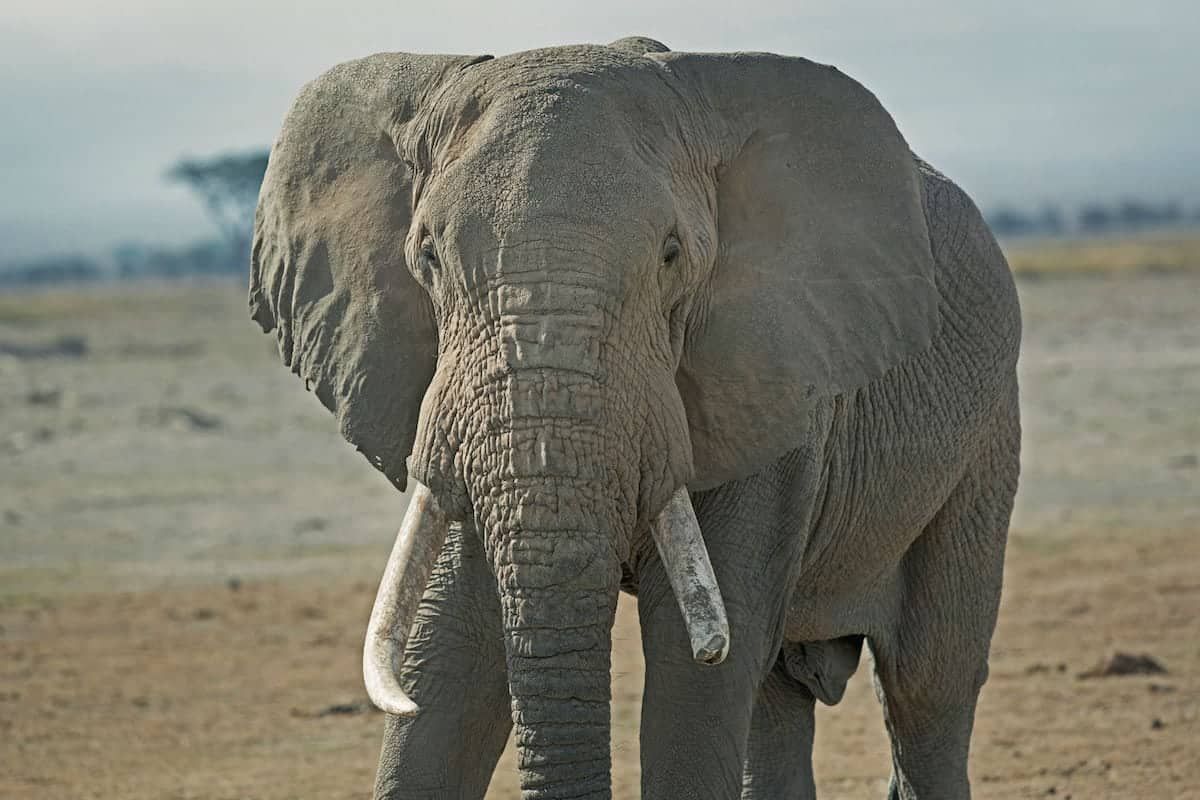
The rate of African elephant poaching has dropped by 60 per cent in the last eight years, a new study has revealed.
The annual kill rate of elephant poacher’s in Africa has declined from over 10% in 2011 to less than four per cent in 2017, scientists have revealed.
However, the rate of elephant killing remains unsustainable, researchers from the universities of York, Freiburg and the Convention for the International Trade in Endangered Species (CITES) warned.
There are around 350,000 elephants left in Africa, but poachers kill approximately 10-15,000 each year.
One of the authors of the study, Dr Colin Beale, from the University of York’s Department of Biology said: “We are seeing a downturn in poaching, which is obviously positive news, but it is still above what we think is sustainable so the elephant populations are declining.
“The poaching rates seem to respond primarily to ivory prices in South-East Asia and we can’t hope to succeed without tackling demand in that region.”
Researchers, whose findings were published in the journal Nature Communications refused to attribute the decline to the 2017 ban in Chinese ivory trade.
They said ivory prices were already falling before the ban and slowing economic growth in China may explain the drop.
Dr Beale added: “We need to reduce demand in Asia and improve the livelihoods of people who are living with elephants in Africa; these are the two biggest targets to ensure the long-term survival of elephants.
“Elephants are the very definition of charismatic megafauna, but they are also important engineers of African savannah and forest ecosystems and play a vital role in attracting ecotourism so their conservation is a real concern.”
Severin Hauenstein, a Biometry and Environmental System analyst from the University of Freiburg, added: “This is a positive trend, but we should not see this as an end to the poaching crisis.
“After some changes in the political environment, the total number of illegally killed elephants in Africa seems to be falling, but to assess possible protection measures, we need to understand the local and global processes driving illegal elephant hunting.”
The scientists looked at data from the MIKE (Monitoring the Illegal Killing of Elephants) programme, which records carcass data provided by park rangers at 53 protected sites across Africa.
Lisa Rolls Hagelberg, Head of Wildlife Communication and Ambassador Relations, UN Environment, said: “Ensuring a future with wild elephants, and myriad other species, will require stronger laws and enforcement efforts and genuine community engagement; however, as long as demand exists supply will find a way to quench it.
“Only about six per cent of the current funding going towards tackling illegal trade in wildlife is directed to communication.
“For long-term success, governments need to prioritise comprehensive social and behavioural change interventions to both prevent and reduce demand. We have the know how, now we need to invest to truly influence environmental consciousness.”